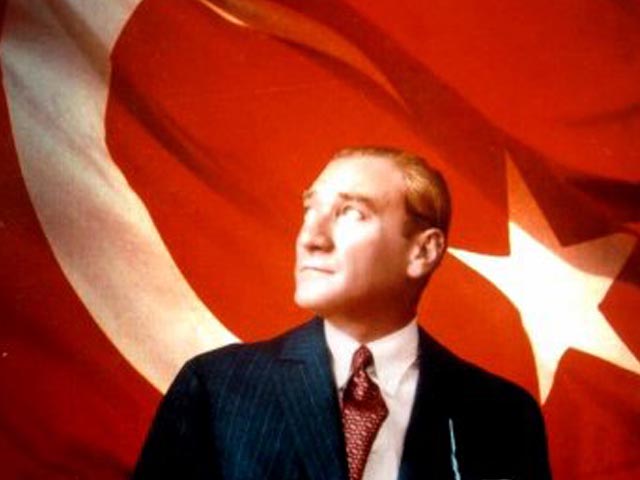Several newspapers reacted to the recent comment by the Turkish Prime Minister who stated that Turkey had just reached the take-off stage and was ready to become an important player in the world.
In reality, Turkey had reached this economic development stage back in the 1930s, almost 40 years ago. Back then, Turkey was an underdeveloped country in a state of transition, but the Turkish economy went through a significant transition after the establishment of the Republic in 1923.
This was achieved through a series of state-sponsored industrialisation in 1933. The economist W.W. Rostow, in his book ‘’The Stages of Economic Growth’’ gives the approximate date of technological take-off in Turkey as 1937-1938.
This was based primarily on the establishment of a substantial manufacturing sector, mainly in textiles, with a high rate of growth and a rise in the productive investment. The Iron and Steel mill began operation in 1937, followed by the opening of cement factories.
Aeroplane factory established in Kayseri in 1937, closed in 1959
One of the greatest achievements of Ataturk was the establishment of ‘’Turkish Airplane Association – Turkiye Tayyare Cemiyeti’’ with the aim of opening factories to manufacture aeroplanes and engines.
In 1925, Turkish Airplane Association in a joint venture with Junkers Company from Germany established TOMTAS (Tayyare, Otomobil ve Motor Turk Anonim Sirketi – Airplane, Automobile and Engine Turkish AS).
The following year, the company established the ‘’Kayseri Airplane Factory’’ followed by the founding of ‘’Airplane Machinist School’’ and enrolling students at German and French universities to study aviation engineering.
Between 1926 and 1932, the factory in Kayseri manufactured 15 Junkers A bomber aeroplanes. Later, the German company transfers its shares in TOMTAS to Turkish Air Force which signed an agreement with the American Company Curtis-Wright for both the manufacture and purchase of aeroplanes.
In 1939, this responsibility and the servicing of aeroplanes was taken over by the Turkish Air Force and, until the end of Second World War, over 100 aeroplanes were manufactured and put into service.
Marshall Plan, American Aid to Turkey and the End of a Dream
During my student days at Talas American High School (1949-1953) just a few miles from Kayseri, the Airplane Factory was one of the places where we would go on class trips (Pazaroren Village Institute nearby was another).
The factory was still busy manufacturing small aeroplanes and parts had started coming in from the US. In fact, we saw the American cheese at our breakfast tables the first time during the Marshall plan aid to Turkey.
Another US demand as part of the Marshall plan was the appointment of an American Orthodox clergy as the Patriarch of Orthodox Church in Istanbul, who was made a US citizen at the airport since the Turkish law demands Turkish citizenship for the Patriarch.
This is another story, but with the Marshall Plan, Turkey became the recipient of aeroplanes and parts from the US and the aeroplane factory was transferred to the Makina ve Kimya Endustru Kurumu.
Later the airplane factory was converted into manufacturing tractors and Ataturk’s grand dream to make Turkey a centre for the manufacture of airplanes was grounded.
Can Atakli, writing about the ‘’Take-Off’’ in his Sept 4 column in Vatan warn the Prime Minister to think about the aftermath?
The above is only one example of the grand design of the West for Turkey to prevent its full development.
The newspapers reported a few years ago that an American Company had issued a report stating that Turkey should not bother with the expansion of its railroad system across Turkey, another dream of Ataturk.
These could be excellent subjects for the Turkish PhD students abroad so Turks can learn what obstacles were created, and still being created, to keep Turkey from achieving great advancements following the take-off in the 1930s.
Yuksel Oktay, PE
Namrun, Sept 2007

